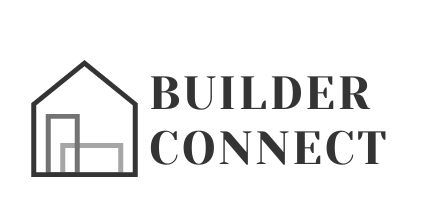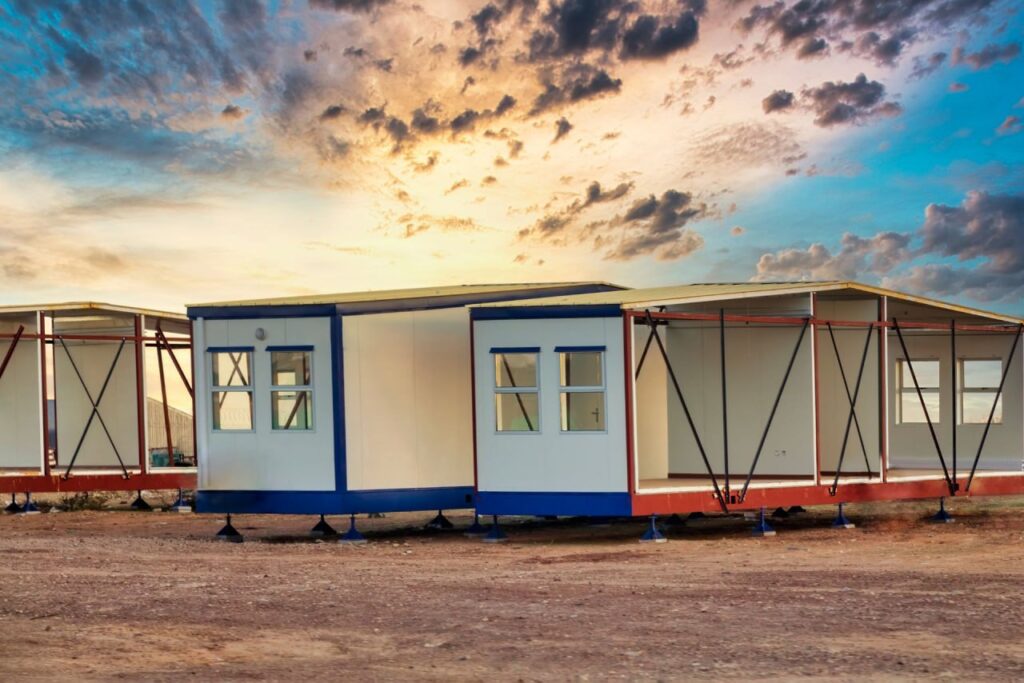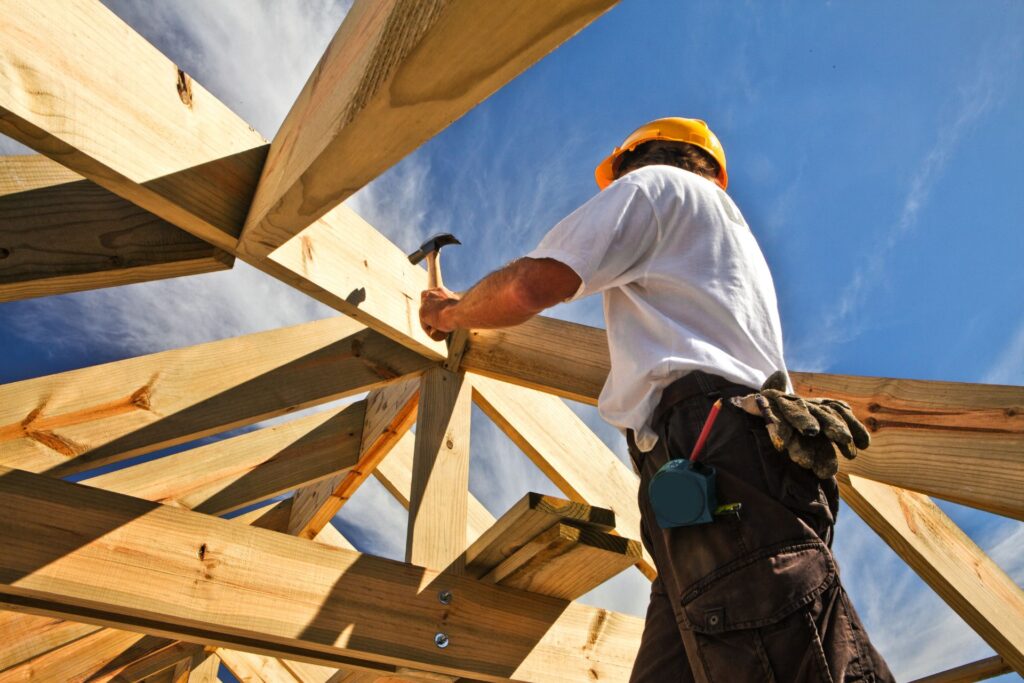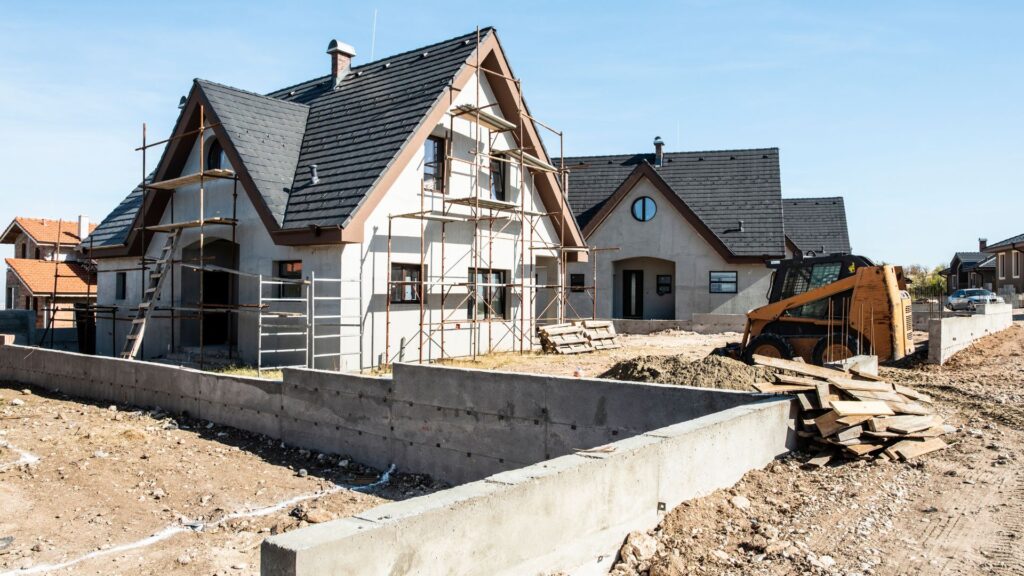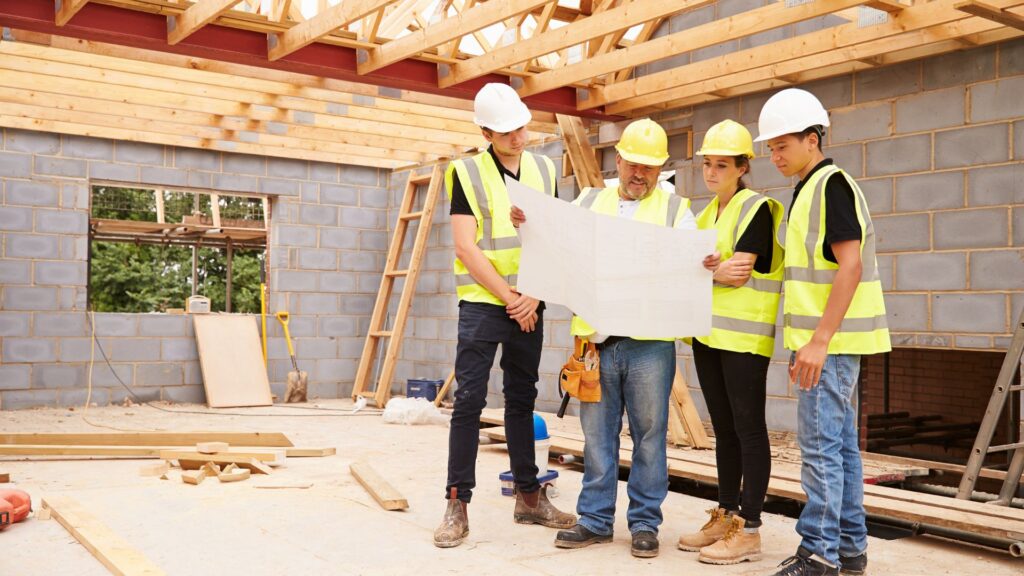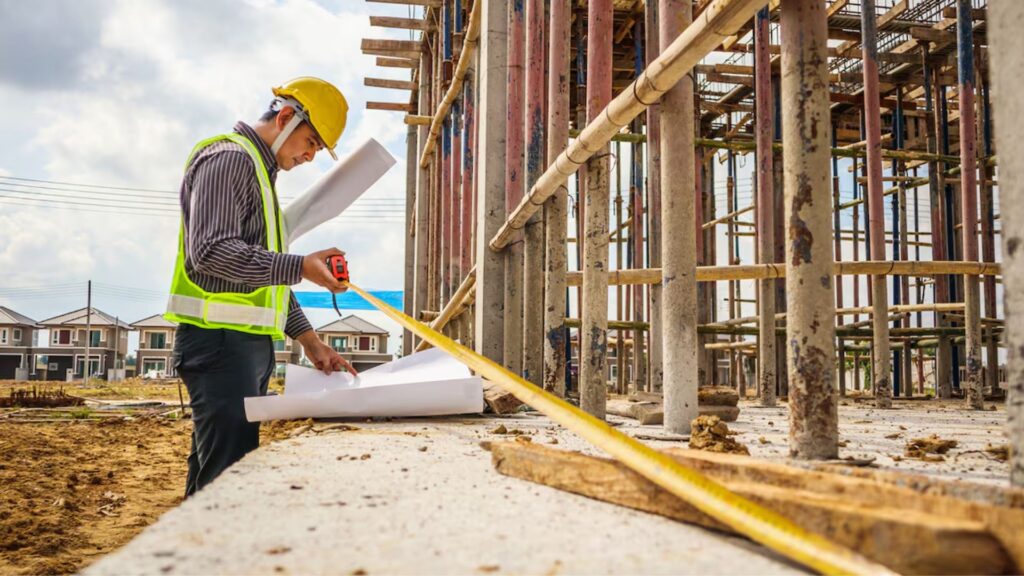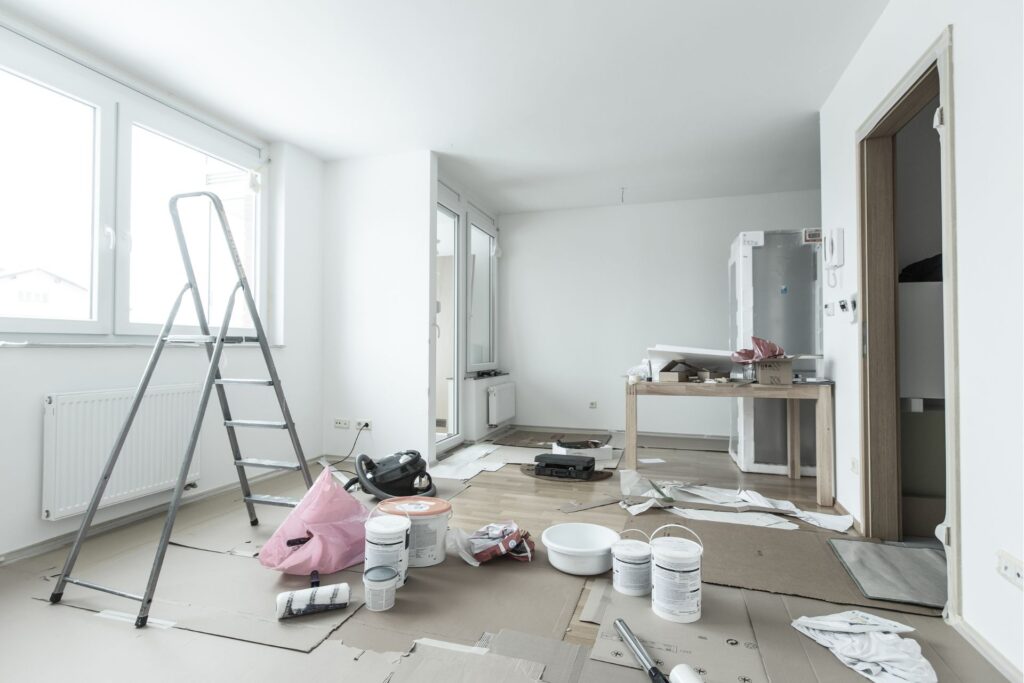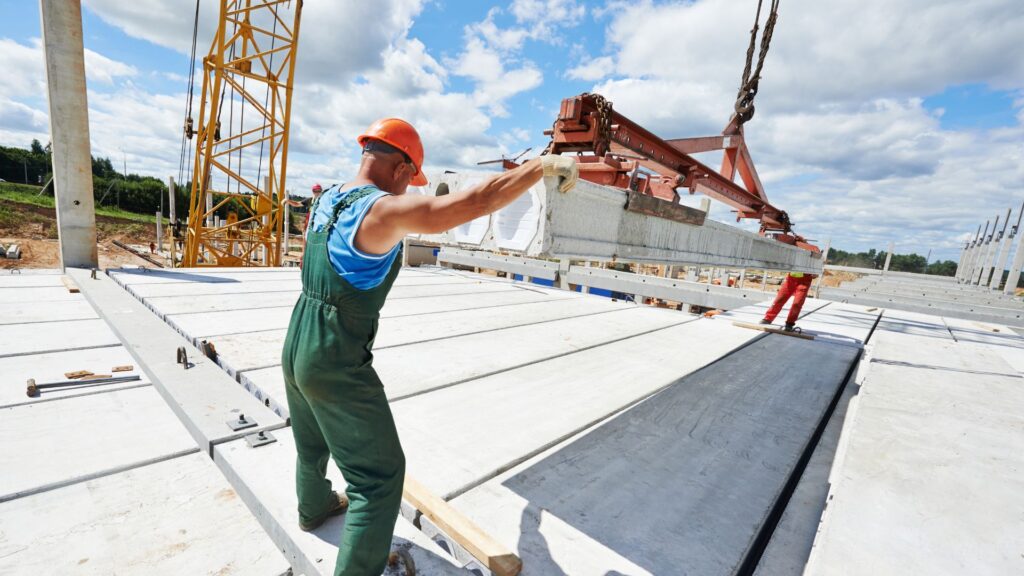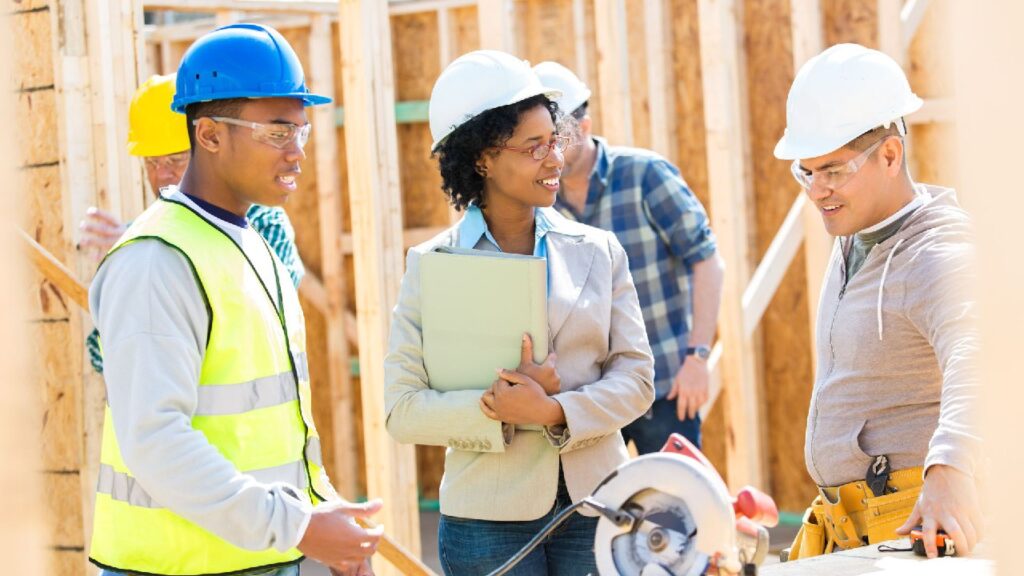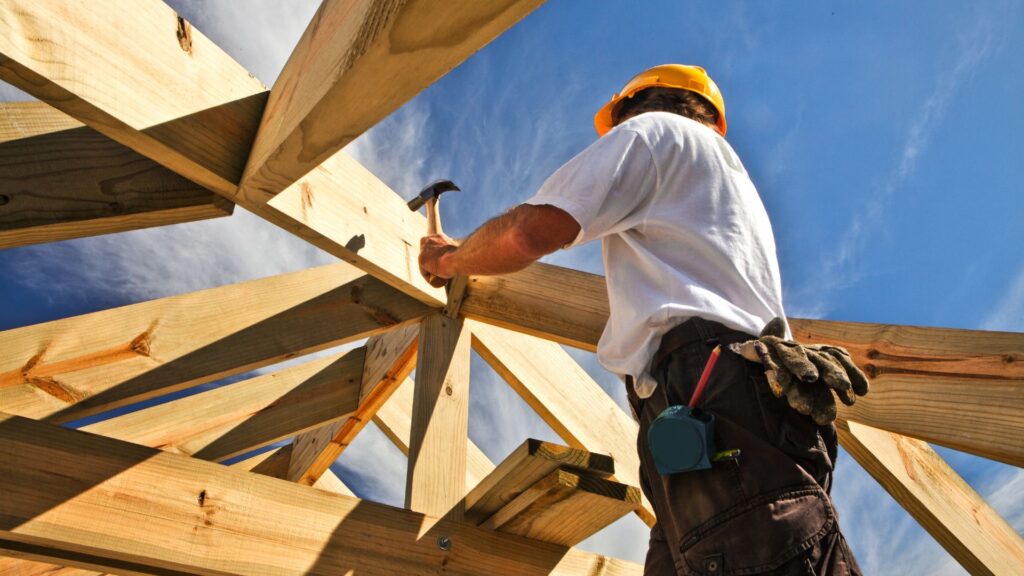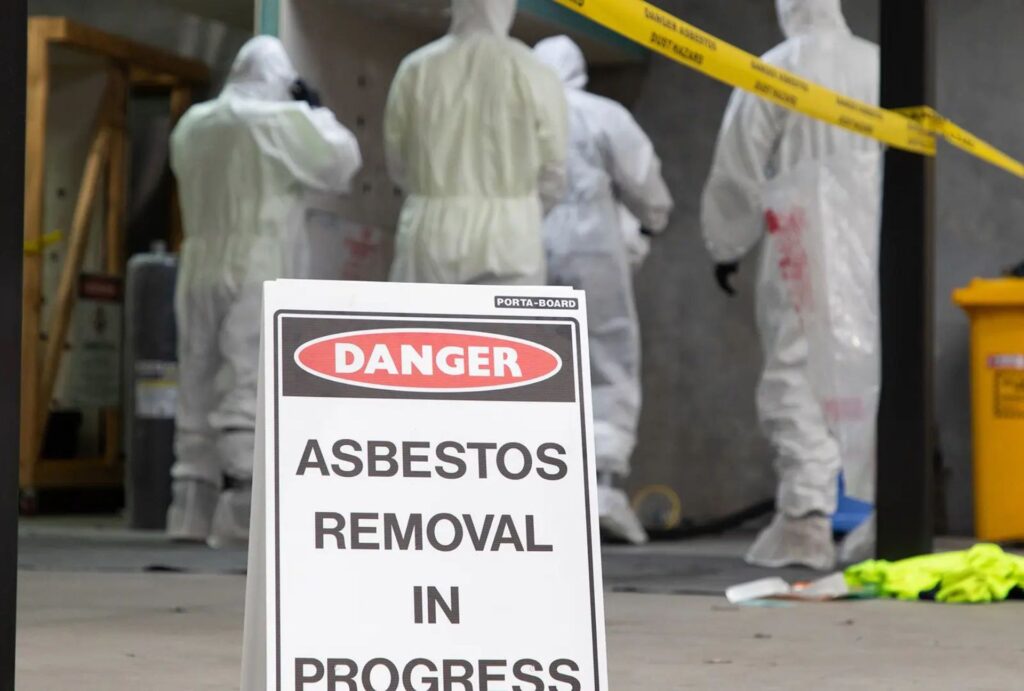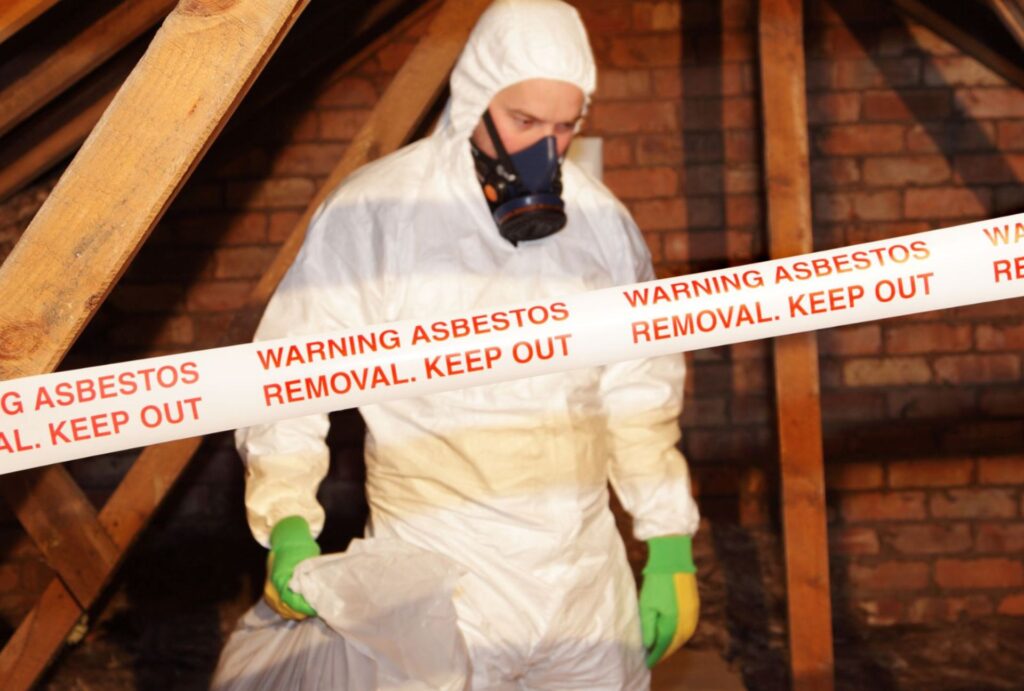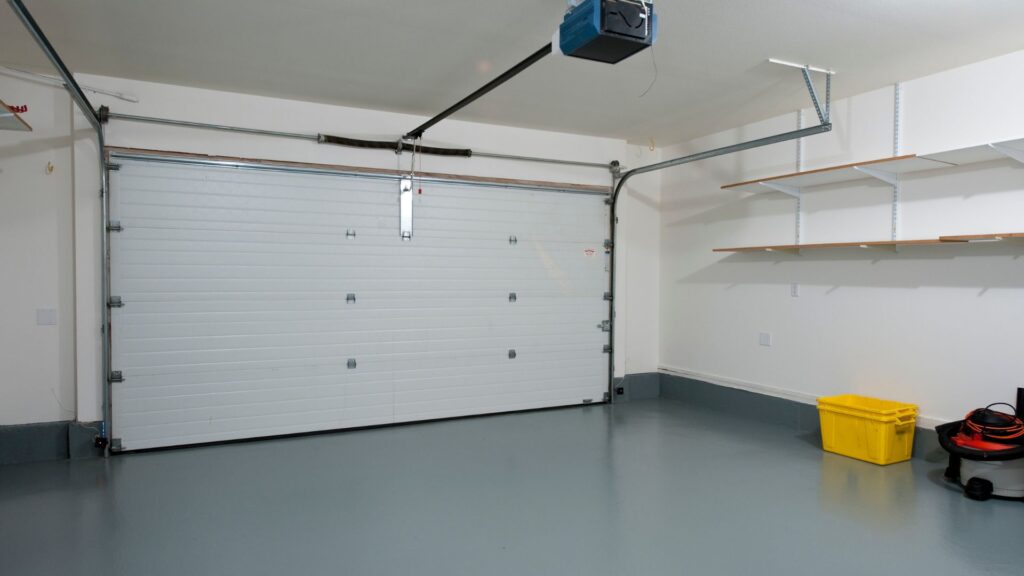Welcome to a breakdown of the building product certification changes coming to New Zealand in 2025, changes that every builder, supplier, homeowner, and industry professional should know. These updates are part of a wider government effort to improve safety, reliability, and transparency in the building sector. Whether you’re planning a new build, managing a renovation, or supplying materials, the way products are tested, certified, and approved is about to shift. This post explains what’s changing, who’s affected, and how you can prepare, all in simple terms with a human-first approach.
In 2025, New Zealand is updating its building product certification rules to improve safety, accountability, and compliance. The changes include stricter testing requirements, clearer documentation, and faster action on non-compliant products. Builders, suppliers, and homeowners need to understand how these updates affect new builds, renovations, and product sourcing.
- What Is Building Product Certification In New Zealand?
- Why Are Changes Happening In 2025?
- What Are The Key Certification Changes In 2025?
- Who Will Be Affected By The Changes?
- What Does It Mean For Homeowners And Buyers?
- How Should Builders And Suppliers Prepare?
- How To Avoid Delays Or Compliance Issues Mid-Project
- Resources To Stay Informed
- FAQs: About Building Product Certification Changes In NZ 2025
- Conclusion
- Find A Professional Building Company Near You!
What Is Building Product Certification In New Zealand?
Building product certification in New Zealand is a formal process that confirms whether a product meets the standards required for use in construction. It helps ensure that the materials used in homes, buildings, and infrastructure are safe, durable, and reliable. For everyday Kiwis, it means greater peace of mind that the products going into their homes won’t fail, rot, or pose risks down the track.
Simple Explanation Of Product Certification
Product certification is like a quality check. Before a building material or system is approved for use, it’s assessed for how well it performs, how it reacts under pressure, and whether it follows the rules set out in the New Zealand Building Code. Once a product passes these tests, it receives a certification that proves it meets the required standards. This certification acts as evidence for builders, architects, and councils that the product is fit for use.
How It Currently Works Under The Building Act
Under the Building Act 2004, product certification is one of the pathways to demonstrate compliance with the New Zealand Building Code. The current system allows manufacturers or suppliers to apply for voluntary certification through approved bodies. Once certified, the product receives a CodeMark certificate, which must be accepted by building consent authorities, such as local councils.
Right now, the system has been mostly used by larger suppliers or importers who want to streamline approval for their products. While it helps with efficiency, critics have pointed out weaknesses in how some products are assessed and monitored after certification.
Key Players: MBIE, Codemark, Product Suppliers
There are several key players involved in the certification process:
- MBIE (Ministry of Business, Innovation and Employment): MBIE sets the rules and oversees how certification schemes operate. It also manages complaints, suspensions, and revocations of certificates when things go wrong.
- CodeMark: This is the government-backed product certification scheme. It allows accredited bodies to certify that a product complies with the Building Code. Once a product is CodeMark certified, councils must accept it as compliant.
- Product Suppliers and Manufacturers: These are the companies that create or distribute building products. It’s their responsibility to submit their products for certification and provide accurate technical information for assessment.
- Accredited Certification Bodies: These are independent organizations approved by MBIE to test and certify products. They review technical data, run performance tests, and decide whether a product deserves certification.
Why Certification Exists In The First Place
The main reason certification exists is to protect people. It helps ensure that buildings in New Zealand are safe to live and work in. When products are properly tested and certified, the risk of structural failure, fire hazards, or poor durability is much lower.
Certification also creates trust. It allows councils and inspectors to approve building plans more quickly. For builders, it reduces the risk of failed inspections. And for homeowners, it gives confidence that what’s behind the walls will last for years.
Without certification, there would be no consistent way to prove product quality. In a market with both local and imported materials, this consistency matters more than ever.

Why Are Changes Happening In 2025?
New Zealand’s building industry is going through a major shift in 2025, and it’s not happening by accident. These certification changes are part of a broader effort by the government to improve how building products are approved, monitored, and used across the country. The goal is simple: make buildings safer, hold the right people accountable, and prevent the issues we’ve seen in the past from happening again.
Government Goals: Safer Buildings, Clearer Responsibilities
At the heart of the 2025 changes is a push for safer, more durable buildings. The government wants every product used in construction, whether it’s roofing, insulation, or structural materials, to meet higher standards of performance and safety. But that’s only part of the picture.
There’s also a strong focus on clarifying roles and responsibilities. In the past, it hasn’t always been clear who was accountable when something went wrong, a manufacturer, supplier, builder, or certifier. With the new system, everyone involved in the product supply chain will have a clearer legal and practical responsibility. That means fewer shortcuts, fewer grey areas, and better protection for homeowners.
Past Failures And Public Pressure Led To Reform
This isn’t just about future planning. These changes are also a response to real problems that have happened over the past decade. Think about the leaky building crisis, faulty cladding systems, or imported materials that failed under New Zealand conditions. In many of those cases, the products were either not tested properly or were certified without enough oversight.
Public feedback has played a big role, too. Homeowners, councils, and industry professionals have pushed for stricter controls after seeing the damage caused by low-quality products and unclear certification processes. People want peace of mind that the materials going into their homes and buildings are reliable, tested, and backed by solid information.
Industry Pressure And Lessons Learned From Product Failures
The construction sector itself has been asking for better systems. Builders and suppliers often face unexpected delays, inspection issues, or legal headaches when a product turns out to be uncertified or no longer compliant. Many of them support the idea of tighter rules, as long as the process is clear and fair.
By tightening the certification process, the industry hopes to avoid repeating past mistakes. There’s now a strong emphasis on product traceability, independent testing, and regular review of certifications. The aim is to keep low-quality or misrepresented products out of the market before they cause problems on-site.
These 2025 changes aren’t just about bureaucracy. They reflect a shift in how New Zealand wants to build: smarter, safer, and with more accountability at every step.
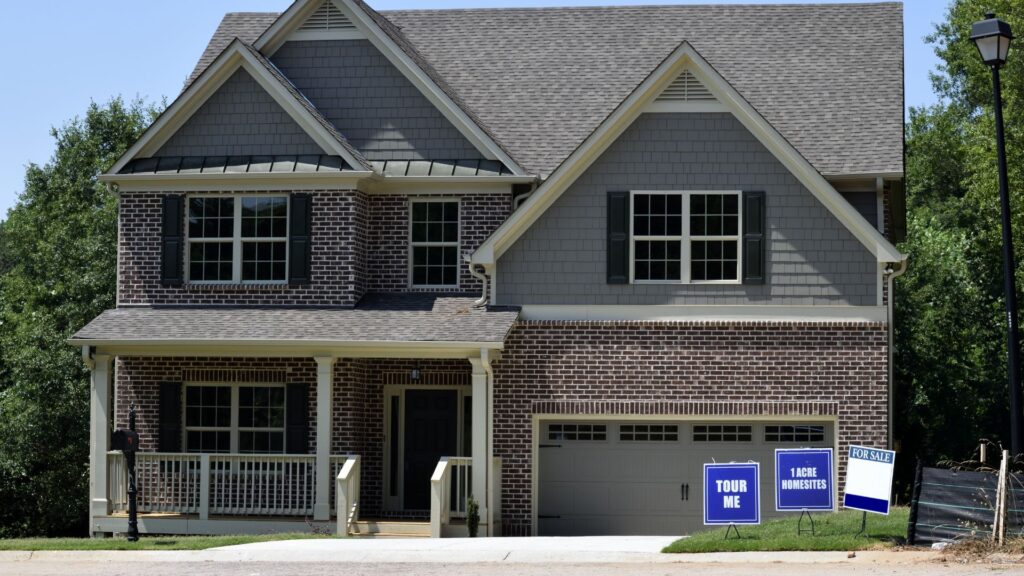
What Are The Key Certification Changes In 2025?
New Zealand’s building sector is heading into a major shift with the 2025 changes to product certification. These updates aim to improve safety, reduce risk, and make it easier to trust the materials used in construction. Whether you’re a builder, supplier, or homeowner, it’s important to understand what’s changing and how it affects you.
Here’s a detailed breakdown of the key changes:
Stricter Testing And Validation Rules
From 2025, products will need to go through more rigorous testing before they can be certified. The goal is to ensure materials perform as promised, especially under New Zealand’s unique conditions like seismic activity and coastal weather.
Manufacturers will need to provide stronger evidence that their products meet the required performance levels. Testing must be conducted by recognized labs and follow approved methods. Any shortcuts, inconsistent results, or missing data will no longer be acceptable.
This change increases trust in certified products and helps prevent issues like early product failure, moisture damage, or structural weakness.
More Robust Documentation Requirements
Product suppliers and certifiers will need to maintain clearer and more complete records. This includes technical specifications, testing results, installation guidelines, and evidence of compliance with the Building Code.
Every certified product must now come with documentation that is easy to access, accurate, and regularly updated. Builders and inspectors need this to confirm that a product is approved and safe to use on-site.
For example, if you’re a builder using a certified cladding system, you should be able to pull up its documentation, confirm it’s still valid, and show that you’re using it as intended.
Updated Compliance Paths
The changes will redefine how a product can prove compliance. While current paths like CodeMark and appraisal reports remain, the new system tightens the standards behind them.
This is especially important for imported products or new materials not widely used in New Zealand. These products must go through updated processes to show they meet local safety and durability standards.
The goal is to close gaps where products previously slipped through with limited testing or unclear documentation. Expect clearer rules and more scrutiny, especially if you’re working with overseas suppliers.
Role Of Third-Party Certifiers And What’s Changing
Certifiers have a major role in approving building products. Under the new rules, their responsibilities are expanding.
They must now follow stricter procedures when reviewing products and stay transparent about their decision-making process. MBIE will monitor certifiers more closely and may step in if a certifier fails to meet expectations.
Certifiers are also required to clearly communicate why a product is approved, rejected, or needs additional testing. This gives builders, councils, and consumers more confidence in the system.
If you’re a supplier or manufacturer, you’ll want to work closely with trusted certifiers who meet the new criteria and understand the updated expectations.
Faster Review And Revocation Process For Non-Compliant Products
In the past, removing a non-compliant or dangerous product from the market could take too long. The 2025 changes introduce a faster review process, allowing MBIE and certifiers to act quickly when a certified product is found to be unsafe, misleading, or misused.
This means products that fail to perform or that were certified in error can be removed from use without long delays. If a product is flagged, it may be suspended while investigations are underway.
This faster response helps prevent harm, reduce liability, and protect everyone involved in a build, from the supplier to the end homeowner.

Who Will Be Affected By The Changes?
The upcoming building product certification changes in New Zealand, set to roll out in 2025, will impact several key groups across the construction and property sectors. These changes aren’t just for big manufacturers or councils, they touch almost every corner of the industry. Whether you’re making building products, importing them, installing them, or living in a home built with them, you should understand what these updates mean for you.
Product Manufacturers (NZ-Based And International)
Manufacturers will likely feel the changes most directly. The updated certification rules mean:
- More rigorous product testing is required before a product can be marketed in New Zealand.
- Supporting documents must be accurate, detailed, and aligned with the latest compliance standards.
- Products previously certified may need reassessment or re-approval to meet 2025 requirements.
For overseas manufacturers, this means they can’t rely on approvals from other countries alone. Every product imported into New Zealand must meet local expectations, no shortcuts.
Importers And Suppliers
If you distribute or sell building materials in New Zealand, you’re responsible for ensuring those products meet the new certification standards. This includes:
- Verifying updated certifications with product manufacturers.
- Keeping documentation up to date and available for councils or inspectors.
- Being prepared to pull non-compliant products from shelves if required by MBIE or councils.
Even if you’re not the one manufacturing the item, you’re still part of the compliance chain. That makes clear communication with your suppliers essential.
Builders And Construction Companies
Builders may not create the products they use, but they’re still expected to work with certified materials. Here’s what they need to stay on top of:
- Checking certifications before installing any product, especially new or imported ones.
- Staying informed about which products are approved under the 2025 rules.
- Communicating with suppliers early to avoid delays or failed inspections.
Builders who use uncertified or outdated products could face rework, delays, or even legal issues. Getting ahead of the changes protects timelines and client relationships.
Homeowners And Developers (Indirectly)
While homeowners and property developers won’t deal with certifications directly, the changes still matter. They should know:
- Certified products offer better safety, durability, and compliance with council regulations.
- Using non-certified materials could lead to inspection issues, delays in project approvals, or unexpected costs.
- Developers should work with trusted builders and request transparency around product selection.
For new builds or major renovations, knowing that certified products are being used brings peace of mind, and long-term value.
Why This Matters
Everyone involved in the building process has a role in compliance. These changes are not just bureaucratic updates, they’re about improving building quality, reducing risks, and giving homeowners more confidence in the materials behind their walls.
By understanding how these updates affect each group, you’ll be better prepared to adapt, avoid disruptions, and make smarter decisions in the lead-up to 2025.

What Does It Mean For Homeowners And Buyers?
Even if you’re not a builder or product supplier, the building product certification changes coming to New Zealand in 2025 still matter to you. These updates are not just technical rule changes, they can directly impact your home, your budget, and your long-term peace of mind.
Why You Should Care Even If You’re Not In Construction
Whether you’re building your dream home, renovating a kitchen, or simply buying a new property, the products used in that process must meet strict quality and safety standards. If the materials aren’t properly certified, you could face serious consequences, like failed inspections, unexpected repairs, or even legal complications.
These new rules aim to give you confidence. When a product is certified under the updated 2025 standards, it means it has gone through rigorous testing and is backed by better documentation. As a buyer or homeowner, you’ll have more certainty that the materials in your home are durable, safe, and compliant.
What It Means For New Builds And Renovations
If you’re planning a new build or a major renovation in or after 2025, the products used, pipes, insulation, cladding, windows, and more, must meet the revised certification criteria. Builders will be required to show proof of compliance for many products, especially those that affect structural integrity or weatherproofing.
This change may also affect the speed and process of your build. Builders might take longer to source approved materials, and some products could be temporarily harder to get while manufacturers adjust to the new system. That’s why it’s smart to start planning with your builder early and ask about certification status upfront.
Better Accountability For Building Products
One of the biggest wins for homeowners is improved accountability. Under the current system, there have been cases of subpar or non-compliant materials slipping through. This has led to long-term issues like leaky homes or product failures that cost owners thousands to fix.
The 2025 updates make it harder for unreliable or uncertified products to enter the market. Certifiers will face tighter rules, and MBIE will be able to act faster against misleading claims or unsafe materials. This means fewer risks for homeowners and stronger consumer protection.
How It Could Affect Building Costs Or Delays
Stricter rules could lead to short-term cost increases. Some products might become more expensive as suppliers upgrade testing and certification processes. Others might be temporarily unavailable, leading to supply gaps or project delays.
But long-term, these changes may help control costs by reducing the chance of rework, repair, or disputes. A certified product is less likely to fail or get rejected during inspections. That means fewer surprises and better budgeting throughout the project.
If you’re working with a builder, ask them early on how they’re preparing for the 2025 changes. The more proactive your team is, the smoother your build or renovation will go, even in a shifting regulatory environment.

How Should Builders And Suppliers Prepare?
The 2025 changes to building product certification in New Zealand will have a direct impact on builders, product suppliers, and distributors. Preparing early means avoiding delays, protecting your projects, and staying compliant. Here’s how to get ready in a practical, straightforward way.
Review Current Product Certifications
Start by auditing the products you currently use or supply. Check each one for:
- Current certification status
- Certification expiry dates
- Whether the certifier is still approved by MBIE
This step helps you avoid using outdated or soon-to-be non-compliant products. It also allows time to source alternatives if needed.
Talk To Manufacturers And Check For Updated Compliance Documents
Reach out to manufacturers or importers and ask:
- Will your products meet the 2025 standards?
- Are updated technical files, test results, or performance data available?
- Will CodeMark or other approvals be renewed or updated in time?
Clear answers from your suppliers help you make better product decisions before the new rules come into effect.
Stay Updated Through MBIE Or Industry Associations
The Ministry of Business, Innovation and Employment (MBIE) will continue publishing updates about the certification system. Don’t wait for changes to surprise you mid-project.
Stay informed by:
- Subscribing to MBIE newsletters
- Following updates from BRANZ, Master Builders, or NZIA
- Attending webinars, workshops, or local council sessions
These updates often include compliance checklists, example documents, or timelines that are easy to apply in real-world projects.

How To Avoid Delays Or Compliance Issues Mid-Project
Delays and failed inspections cost time and money. To avoid them:
- Make sure product paperwork is ready before ordering or installation
- Confirm certification status during project planning, not during the build
- Use approved suppliers who already meet the new standards
- Educate your team on where to find and check product documentation
Being proactive is always cheaper than reacting to failed audits or regulatory pushback. You don’t want to be halfway through a project and told your cladding, sealants, or fixings are no longer compliant.
Builders and suppliers who take these steps now will be in a stronger position when the 2025 changes take effect. The goal isn’t just to stay compliant, it’s to work smarter, reduce risk, and build trust with your clients.
Common Questions About The New Rules
Understanding the 2025 building product certification changes in New Zealand can feel overwhelming. Whether you’re a builder, supplier, homeowner, or DIYer, you’re probably wondering how these updates will affect your projects. Below are clear, human-first answers to some of the most common questions.
Will Previously Certified Products Need Re-Certification?
Yes, in many cases. Products that were certified under the older framework may need to undergo updated assessments or documentation reviews. The reason is simple, 2025 brings tighter rules around testing, traceability, and compliance.
If a product was certified several years ago, it might no longer meet the latest performance or safety standards. Suppliers should be in contact with third-party certifiers to determine whether their existing products need to be retested or recertified. Builders should ask for current documentation before using any product in a project.
For manufacturers, this is a key moment to ensure all technical files, test results, and performance claims align with the new expectations. If you’re a builder or contractor, don’t assume a product is still compliant just because it was in the past, always double-check.
What Happens To Products That Don’t Meet The New Standard?
Products that fail to meet the updated 2025 requirements may be pulled from the market. They can also be removed from official certification registers, making them illegal to use in certain building consent processes.
Using a non-compliant product may result in failed inspections, costly delays, or even legal consequences. In some cases, a product may be flagged for revision instead of being banned completely, but this depends on how far it falls short of the new standards.
Suppliers should proactively review their product lines and update any necessary certifications well before the changes take effect. Builders and developers should also keep a close eye on which products remain compliant to avoid disruptions in their construction timelines.
How Strict Will Enforcement Be?
Enforcement is expected to be much tighter under the 2025 rules. MBIE and local councils are placing more emphasis on accountability and traceability, meaning builders and suppliers will be more closely monitored.
There will be faster pathways for revoking certifications if a product is found to be non-compliant. That means even a small oversight, like using an outdated datasheet, could lead to issues.
Audits may become more frequent, and inspectors may request additional documentation during consent or site visits. In short, if you’re involved in the supply or use of building products, you’ll need to maintain clearer records and be prepared to prove compliance at every step.
Can DIYers Still Use Uncertified Products?
Technically, yes, but with major caveats. While DIY projects often operate under different rules than professional builds, using uncertified products can still lead to problems.
For example, if your project later requires council approval or an insurance claim, using uncertified or non-compliant materials may cause delays or lead to rejection. Some suppliers may also stop selling uncertified products to the general public to avoid liability.
If you’re planning a DIY build or renovation, it’s smart to use products that are either certified or clearly marked as suitable for residential use. Not only does this give you peace of mind, but it also ensures your work meets future compliance standards, even if rules tighten further.
DIYers should also be aware that some product types, like cladding, waterproofing systems, or insulation, have more serious safety and compliance requirements. When in doubt, consult your local council or a qualified builder before making a purchase.

Resources To Stay Informed
Staying updated with the latest changes in building product certification is essential, especially with the 2025 reforms approaching fast. Whether you’re a builder, supplier, or homeowner, having accurate and timely information helps you avoid costly mistakes, meet compliance standards, and make better decisions. Below are trusted resources that will keep you informed and prepared.
Links To MBIE Official Updates
The Ministry Of Business, Innovation And Employment (MBIE) is the central authority responsible for setting and updating the building code and certification requirements in New Zealand. Their official website regularly publishes:
- New policy announcements
- Certification guideline updates
- Implementation timelines
- Product recall alerts
Visit and bookmark the page. For the latest certification changes, go directly to their Building Product Certification section. You can also subscribe to their newsletter for automatic updates.
Trade Associations And Local Council Contacts
Trade groups often break down government updates into more practical language and offer support specific to your role. Useful contacts include:
- Master Builders Association
- New Zealand Certified Builders
- BRANZ (Building Research Association Of New Zealand)
- Your local council’s building compliance department
These organizations offer guides, email updates, and support lines. Councils, in particular, can clarify regional implementation details or deadlines, which may vary slightly by location.
Industry Webinars Or Info Sessions
Many construction and building product organizations host webinars to explain new standards in plain language. These sessions often include:
- Step-by-step breakdowns of what’s changing
- Real-world examples from builders and suppliers
- Live Q&A with certification experts
You can usually find these on MBIE’s events calendar or through industry newsletters. Even attending just one session can save hours of guesswork and potential project delays.
Checklists Or Tools For Builders/Suppliers
Some groups and councils have created downloadable tools to help you track what’s needed. These may include:
- Product certification review checklists
- Pre-build compliance forms
- Template requests for supplier documentation
- A list of approved certifiers or testing labs
These resources are practical, especially if you manage multiple projects or product lines. Keeping digital and printed versions on hand can help your team stay organized and inspection-ready.
Using these resources consistently can help you stay ahead of the curve, reduce compliance risks, and protect your reputation in the industry. Staying informed isn’t just smart, it’s necessary.

FAQs: About Building Product Certification Changes In NZ 2025
Conclusion
New Zealand’s building product certification changes in 2025 mark a major shift toward safer, more accountable construction practices. With tighter testing standards, clearer documentation rules, and stronger enforcement, the goal is to protect homeowners and raise the quality bar across the industry. These changes won’t just impact manufacturers, they’ll affect builders, suppliers, and even everyday homeowners planning renovations. That’s why it’s smart to be proactive: check current certifications, talk to your suppliers, and stay informed through official sources like MBIE or your local council. If you’re unsure about any product’s compliance, don’t guess, ask. And if you found this guide helpful, share it with others in your network who might be affected. Clear information now can help avoid costly mistakes later.
Find A Professional Building Company Near You!
- Auckland Builders For Small Jobs
- Builders Alexandra
- Builders Ashburton
- Builders Auckland
- Builders Blenheim
- Builders Cambridge
- Builders Central Otago
- Builders Christchurch
- Builders Clyde
- Builders Cromwell
- Builders Dunedin
- Builders Feilding
- Builders Gisborne
- Builders Hamilton
- Builders Hastings
- Builders Havelock North
- Builders Hawkes Bay
- Builders Hibiscus Coast
- Builders Invercargill
- Builders Johnsonville
- Builders Kapiti
- Builders Levin
- Builders Lower Hutt
- Builders Manawatu
- Builders Masterton
- Builders Mosgiel
- Builders Napier
- Builders Nelson
- Builders New Plymouth
- Builders Oamaru
- Builders Palmerston North
- Builders Paraparaumu
- Builders Porirua
- Builders Pukekohe
- Builders Queenstown
- Builders Rangiora
- Builders Rolleston
- Builders Taupo
- Builders Tauranga
- Builders Te Awamutu
- Builders Timaru
- Builders Tokoroa
- Builders Upper Hutt
- Builders Waikanae
- Builders Wanaka
- Builders Warkworth
- Builders Wellington
- Builders West Auckland
- Builders Whakatane
- Builders Whanganui
- Builders Whangarei
- Handyman Wellington
- Home Builders Rotorua
- Kitchen Removal Service Auckland
- Wellington Builders For Small Jobs
About the Author:
Mike Veail is a recognized digital marketing expert with over 6 years of experience in helping tradespeople and small businesses thrive online. A former quantity surveyor, Mike combines deep industry knowledge with hands-on expertise in SEO and Google Ads. His marketing strategies are tailored to the specific needs of the trades sector, helping businesses increase visibility and generate more leads through proven, ethical methods.
Mike has successfully partnered with numerous companies, establishing a track record of delivering measurable results. His work has been featured across various platforms that showcase his expertise in lead generation and online marketing for the trades sector.
Learn more about Mike's experience and services at https://theleadguy.online or follow him on social media:
